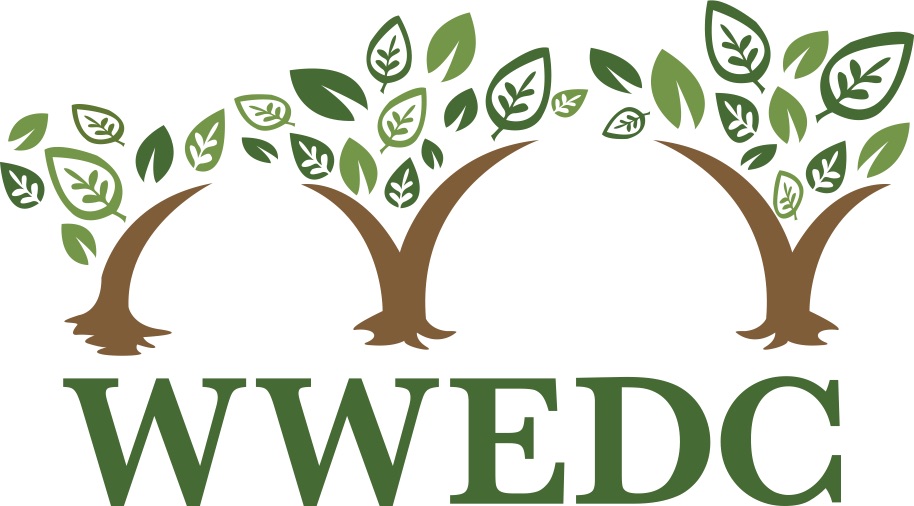Written by Natalie Doan, MSc, PhD candidate, School of Public Health Sciences
Eating disorders are increasingly understood to affect people of any weight and size, as well as a diverse range of people with different racial and cultural backgrounds, gender identity, sexual orientation, and socioeconomic status. Given the diversity in which eating disorders can present, it is important to highlight the heterogeneity in disordered eating experiences and identify the links to systems of power and oppression. When discussing the social determinants related to eating disorders, it is important to highlight the systems of power that undergird inequities. For example, when discussing disparities related to socioeconomic status, we can shift our language to explicitly identify income inequality as the driver of inequities, rather than socioeconomic status.
Racism
In many ways, the bodies we have been taught to value have been coloured by white supremacy. To understand the origins of fat phobia and its consequences on our prevailing attitudes towards body size, it is necessary to understand its roots in anti-Black racism. During the period of the transatlantic slave trade, body size was violently used as a marker to characterize people who were deemed to not deserve freedom. Although this period of time has passed, our attitudes towards body size continue to ascribe to the notion that it is okay to objectify certain bodies, in particular fat bodies.
Weight stigma
In recent years, research has highlighted the pervasive impact of weight stigma, discrimination, and bias. It is important to note, although individuals of any BMI and weight may experience weight-based discrimination, weight bias affects individuals classified as “overweight” or “obese” by Body Mass Index (BMI) standards differently than individuals whose bodies are not classified using these labels. Weight-based stigma is associated with multiple psychosocial experiences that are often seen alongside disordered eating, including depression, body dissatisfaction, and low-self esteem. Although weight-based stigma is associated with disordered eating behaviours, such as binge eating and purging, it can also serve as a barrier to seeking help for an eating disorder due to the stereotyping of eating disorders as only affecting people who are thin.
Gender identity and passing
Research has found that individuals whose gender identity falls outside the gender binary (e.g., transgender individuals) report more disordered eating behaviours (e.g., use of diet pills or laxatives) than compared to cisgender individuals. To conform more closely with their gender identity, non-binary individuals may engage in behaviours in an effort to influence the shape of their bodies. For example, transgender individuals may attempt to delay or suppress the development of secondary sex characteristics, such as breast and genital growth, to mitigate body dissatisfaction.
Food insecurity
It is important to consider the influence of experiencing food insecurity on one’s relationship with food. Emerging research has demonstrated the importance of considering the experience of the ‘feast or famine cycle’ in which food intake oscillates as food availability fluctuates between periods of food scarcity and relative food abundance. For example, individuals may experience fluctuations in food availability that can align with an influx of funds for food at the beginning of a pay period and limited food availability when funds are exhausted. This cycle can result in a cycle of restriction and relatively high intake that may be inadvertently amplified by some approaches to alleviate food insecurity, such as the U.S. Supplemental Nutrition Assistance Program.
In summary, disordered eating experiences can sometimes reflect responses to disordered social conditions. It is crucial that we intentionally discuss socially-driven inequities in eating disorder spaces. Creating space for these conversations is vital to support social justice for all.
References
Becker, C. B., Middlemass, K., Taylor, B., Johnson, C., & Gomez, F. (2017). Food insecurity and eating disorder pathology. International Journal of Eating Disorders, 50(9), 1031-1040.
Diemer, E. W., White Hughto, J. M., Gordon, A. R., Guss, C., Austin, S. B., & Reisner, S. L. (2018). Beyond the binary: differences in eating disorder prevalence by gender identity in a transgender sample. Transgender Health, 3(1), 17-23.
Dinour, L. M., Bergen, D., & Yeh, M. C. (2007). The Food Insecurity–Obesity Paradox: A Review of the Literature and the Role Food Stamps May Play. Journal of the American Dietetic Association, 107(11), 1952–1961.
Friedman K. E., Reichmann, S. K., Costanzo, P. R., Zelli, A., Ashmore, J. A., & Musante, G. J. (2005). Weight stigmatization and ideological beliefs: relation to psychological functioning in obese adults. Obesity research, 13(5), 907-916.
Hazzard, V. M., Loth, K. A., Hooper, L., & Becker, C. B. (2020). Food Insecurity and Eating Disorders: a Review of Emerging Evidence. Current Psychiatry Reports, 22(12).
O'Brien, K. S., Latner, J. D., Puhl, R. M., Vartanian, L. R., Giles, C., Griva, K., & Carter, A. (2016). The relationship between weight stigma and eating behavior is explained by weight bias internalization and psychological distress. Appetite, 102, 70-76.
Puhl, R. M., & Heuer, C. A. (2009). The stigma of obesity: a review and update. Obesity, 17(5), 941.
Puhl, R. M., Moss‐Racusin, C. A., & Schwartz, M. B. (2007). Internalization of weight bias: implications for binge eating and emotional well‐being. Obesity, 15(1), 19-23.
Puhl, R., & Suh, Y. (2015). Stigma and eating and weight disorders. Current psychiatry reports, 17(3), 1-10.
Strings, S. (2019). Fearing the Black Body. New York University Press.
Taylor, S. R. (2021). The body is not an apology: The power of radical self-love. Berrett-Koehler Publishers.
Natalie’s research focuses on applying an intersectional approach to address socially-driven dietary and health inequities.

